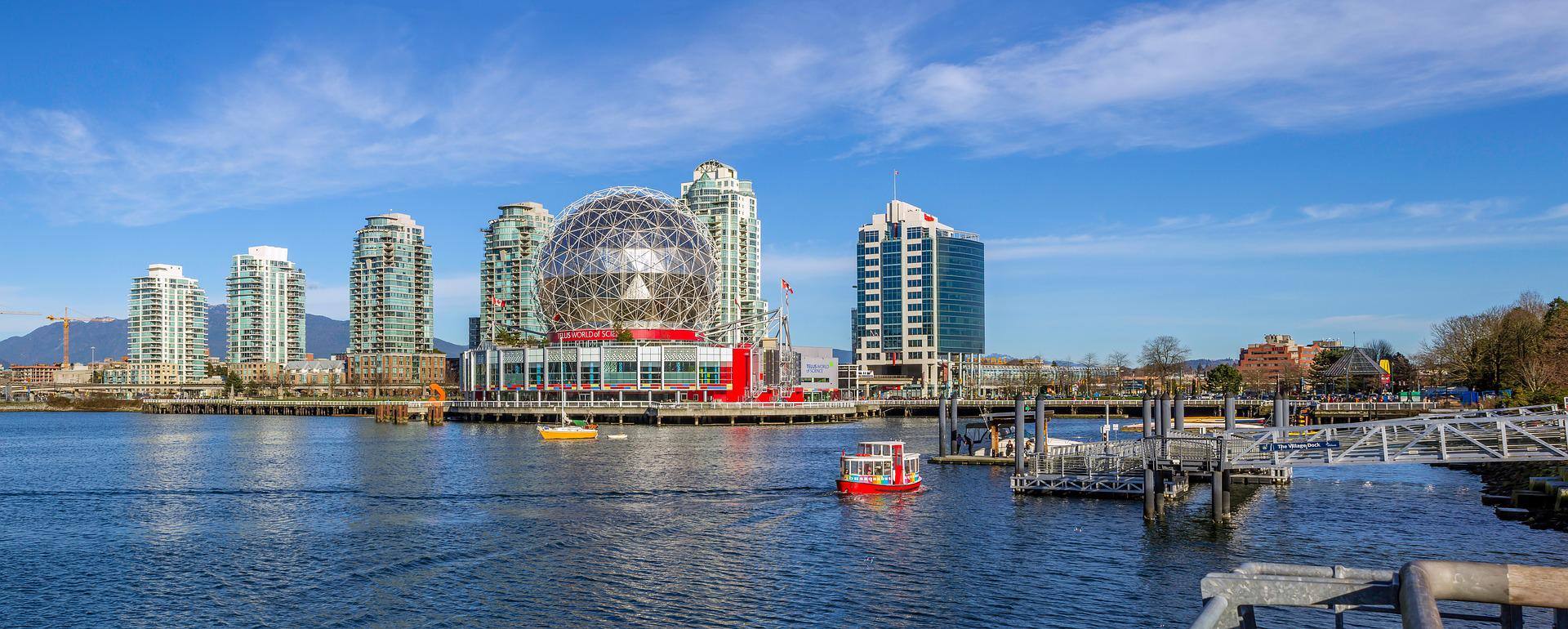
IESE Insight
It's Not Easy Being Green
The world's greenest city: this was Gregor Robertson's goal for Vancouver when elected mayor in 2008. He set 2020 as the deadline to reduce greenhouse gas emissions by 33 percent and fill the city with new parks. IESE's Pascual Berrone, J.E. Ricart and Maria Luisa Blázquez examine the results in this case study.
It was a bold political statement and an ambitious plan. In December 2008, newly elected mayor of Vancouver Gregor Robertson declared that he wanted to make Vancouver the greenest city in the world by 2020. He went right to work on setting targets to reduce greenhouse gas emissions by 33 percent, as set in his Greenest City 2020 initiative, officially launched in 2009. He also promised to create 20,000 new jobs, more green spaces and car-sharing schemes. The plan was divided into three main focus points: zero carbon, zero waste and healthy ecosystems.
But by late 2013, the 2020 plan was facing some serious challenges. Difficulty reaching targets, slow starts and hostility in the media had all taken their toll over these years, leaving the mayor a deeply divisive figure, admired and loathed in equal parts. An IESE case study by professors Pascual Berrone and J.E. Ricart and researcher Maria Luisa Blázquez examines what went wrong and what went right in the early years of the mayor's bold project, throwing the Greenest City plan open to discussion.
At the heart of the case study is a crucial question: How and when could the plan be assessed as a failure or a success, and who would be qualified to make that judgment?
Community Involvement and Resistance
Mayor Robertson considered community engagement key to achieving a greener city. His office used social media and workshops to communicate with citizens and take their feedback into account. Overall, 35,000 Vancouverites contributed to the public consultations. In one project, 500 residents produced 19 recommendations to improve the public transportation system. A Twitter account (@EngagedCity) also encouraged two-way communication with citizens.
Critics of the public consultation process suggested that there was an "STP" problem, meaning that the "Same Ten People" participated in all of the discussions. They also pointed to a failure to consult with local businesses, which could cloud the eventual economic impact of the initiatives.
Meanwhile, initiatives to reduce emissions by reducing car use in Vancouver were met with public resistance. Designated bicycle lanes and pricier parking sparked particular controversy. One local newspaper interviewed an 84-year-old park-loving resident who was unable to enjoy downtown's Stanley Park because it would take her two bus rides and over an hour to get there now that the price of parking was beyond her reach.
Sapping Energy?
Robertson's plan to reduce greenhouse gas emissions by 33 percent was highly ambitious and controversial due to the existing energy situation in Vancouver. Vancouver's extensive hydropower industry meant that the city already boasted the lowest carbon emissions per capita of any major city in North America. The city also enjoyed some of the lowest energy prices on the continent.
The mayor's efforts to support renewable energy sources included banning coal exports through Vancouver's port, leading him to fight with big companies like energy-logistics provider Kinder Morgan. By opposing the traditional energy industries of coal, gas and oil, the mayor's office found itself at odds with some companies that were nominally in support of the green initiatives. For example, Cenovus, an oil company and major investor in a city water solutions firm, had a sustainability department and had created green jobs. The mayor faced the dilemma of whether to take on polluting industries or encourage them to clean up their act.
Existing green businesses in Vancouver tended to be in the service sector and attracting new green companies was proving difficult in a city without a strong industrial base.
Weighing the Good and the Bad
The Greenest City 2020 plan was both heartily praised and virulently criticized in the period covered by the case study. Critics homed in on the lack of an official budget and details. Business representatives lamented that the plan ignored the region's economically important mining and forestry industries. One journalist quoted in the case study labeled Mayor Robertson "an extremist" putting "earth first, people second." This same journalist predicted that the Greenest City 2020 plan "will cripple Vancouver."
What's more, in late 2013, the Reputation Institute's "City Reputation Index" results were released and Vancouver had dropped from a blue-ribbon first place down to 14th place in just one year. Soon after, IESE's Cities in Motion Index, which measures cities' sustainability and quality of life along 10 dimensions, ranked Vancouver 41st out of 135 cities, behind its Canadian peers Toronto and Ottawa.
Meanwhile, some environmental and urban groups held the plan up as exemplary in its attempts to reduce the carbon footprint, provide green space and promote mixed-use neighborhoods. For example, the World Wildlife Fund (WWF) praised the plan, and the Economist Intelligence Unit's Green City Index ranked Vancouver the second greenest city in North America. Mercer Consulting ranked it the world's fifth best city for quality of life.
Not surprisingly, public opinion of Mayor Robinson in 2013 was deeply divided, with 44 percent of polled citizens believing he was doing a "bad" or "very bad" job, while 42 percent felt he was doing a "good" or "very good" job.
The Future
With the Greenest City 2020 initiative as one of the cornerstones of Mayor Robertson's platform, its perceived success or failure could have major implications for his political future and Vancouver's next election. Yet the 2020 deadline is still years away, so many of the proposed changes are still a work in progress. How can such a wide-ranging plan best be assessed? The answers — or lack thereof — have implications beyond one politician's stay in office.
MORE INFO
